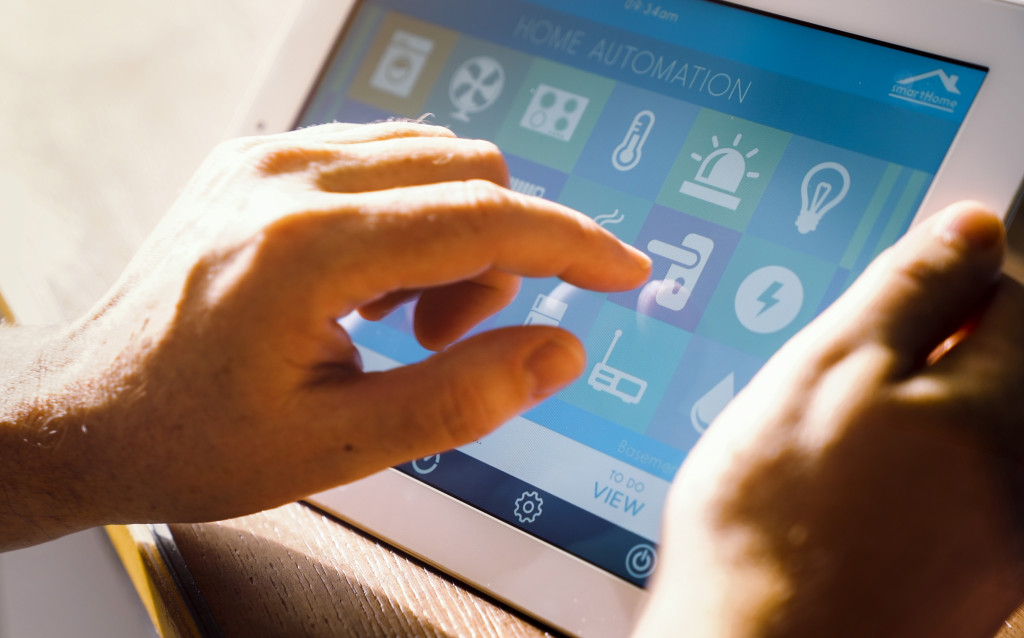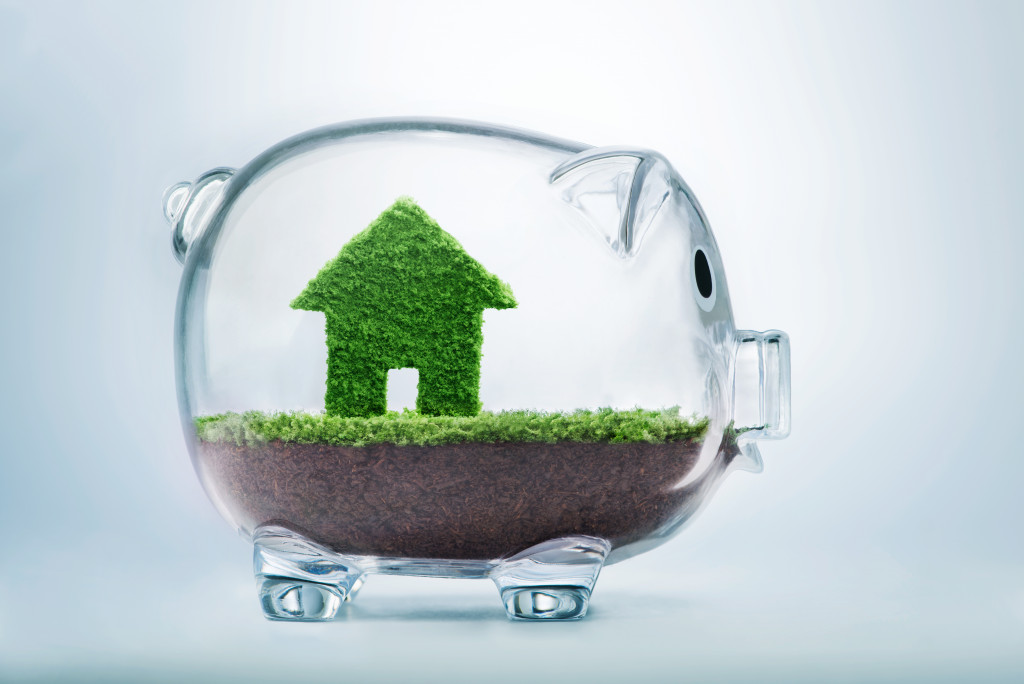Sustainability is a hot topic in today’s society, and for a good reason. People need to be more conscious of the way they use resources to ensure that future generations will be able to enjoy the same high quality of life that they have today.
Luckily, plenty of technology options is available to help you build a more sustainable home. Whether you are just starting on your journey to sustainable living or trying to upgrade an existing home, these technologies can be a big help.
Below are some of the top technologies that you can use to build a more sustainable home:
1. Solar panels and other renewable energy systems
One of the most effective ways to make your home more sustainable is using renewable energy systems, such as solar panels and wind turbines. These systems are becoming increasingly affordable and can help you reduce your reliance on traditional power sources.
You can even use solar panel systems to generate income through net metering programs. If you want to learn more about using solar and other renewable energy systems in your home, speak to a professional contractor or energy consultant.
2. 3D home modeling software
If you plan to build a new home or make major renovations to an existing one, 3D BIM technology for home building can be a big help. With this software, you can create 3D visualizations of your home design, helping you to identify potential problems or make significant changes before construction begins.
3D home modeling software can also help you design sustainable features, such as green roofs and rainwater collection systems. Your home builder or architect should be able to tell you more about how you can use this technology in your project.
3. Energy-efficient appliances
Another great way to make your home more sustainable is by upgrading your appliances to ones that use less energy. Various energy-efficient appliances are now available, including fridges, washing machines, and other home appliances.
When shopping for energy-efficient appliances, look for models that meet the latest environmental standards, such as Energy Star. In addition to saving energy and reducing your utility bills, these appliances can also help you to reduce your carbon footprint.
4. Smart home automation systems
You can automate your home using a smart home automation system for even more sustainability. These systems allow you to control various aspects of your home, such as lights, security cameras, and HVAC systems, with the touch of a button. They can also be programmed to perform specific tasks automatically, such as turning off the lights when you leave the house.
Home automation systems are also very stylish, giving your home a high-tech, modern look. As more and more homeowners begin to install smart home automation systems in their homes, the cost of these systems is also likely to decrease over time.

5. LED lighting
The type of lighting you use in your home can also have a big impact on its sustainability. Inefficient incandescent bulbs, for example, waste a lot of energy and need to be replaced more often than more efficient options, such as LED bulbs.
LED bulbs use far less energy than incandescent bulbs because they convert more of the electricity into light rather than heat. They also last much longer, so you won’t have to replace them as frequently. In addition to reducing your home’s carbon footprint, switching to LED lighting can also help you save money on your energy bills.
6. Green building materials
New technologies also make it possible to build homes out of more sustainable materials. Green building materials, such as bamboo and recycled plastic, can be used to create a variety of sustainable home features, from floors and countertops to walls and roofs.
These materials are often more durable than traditional options and can help you reduce your home’s environmental impact. Some builders are even beginning to use it as building blocks for 3D printed houses, further demonstrating their potential for sustainability.
7. Water-saving features
You can also take steps to make your home more sustainable by using water-saving features, such as low-flow toilets and showerheads. These features allow you to conserve water without sacrificing your daily routine, making it easier for you and your family to reduce your environmental footprint.
Many new technologies can help you save water, including smart irrigation and rainwater harvesting systems. These systems can help you to reduce your water usage, further decreasing your home’s impact on the environment.
You can make your home more sustainable using many different kinds of technology. From upgrading your appliances to installing a smart home automation system, you have plenty of options. Remember to do your research to find the most sustainable option for you and your family. Do your best to reduce your carbon footprint and save energy, water, and money in the process!


